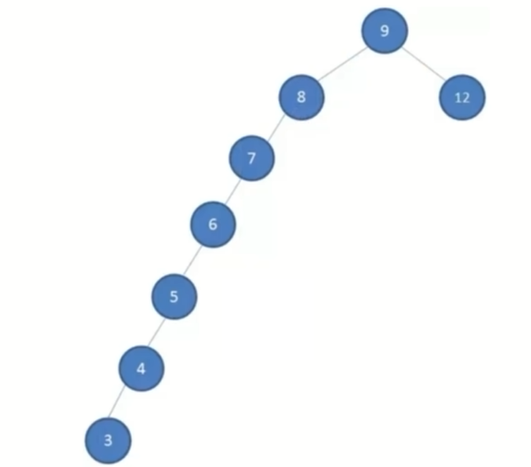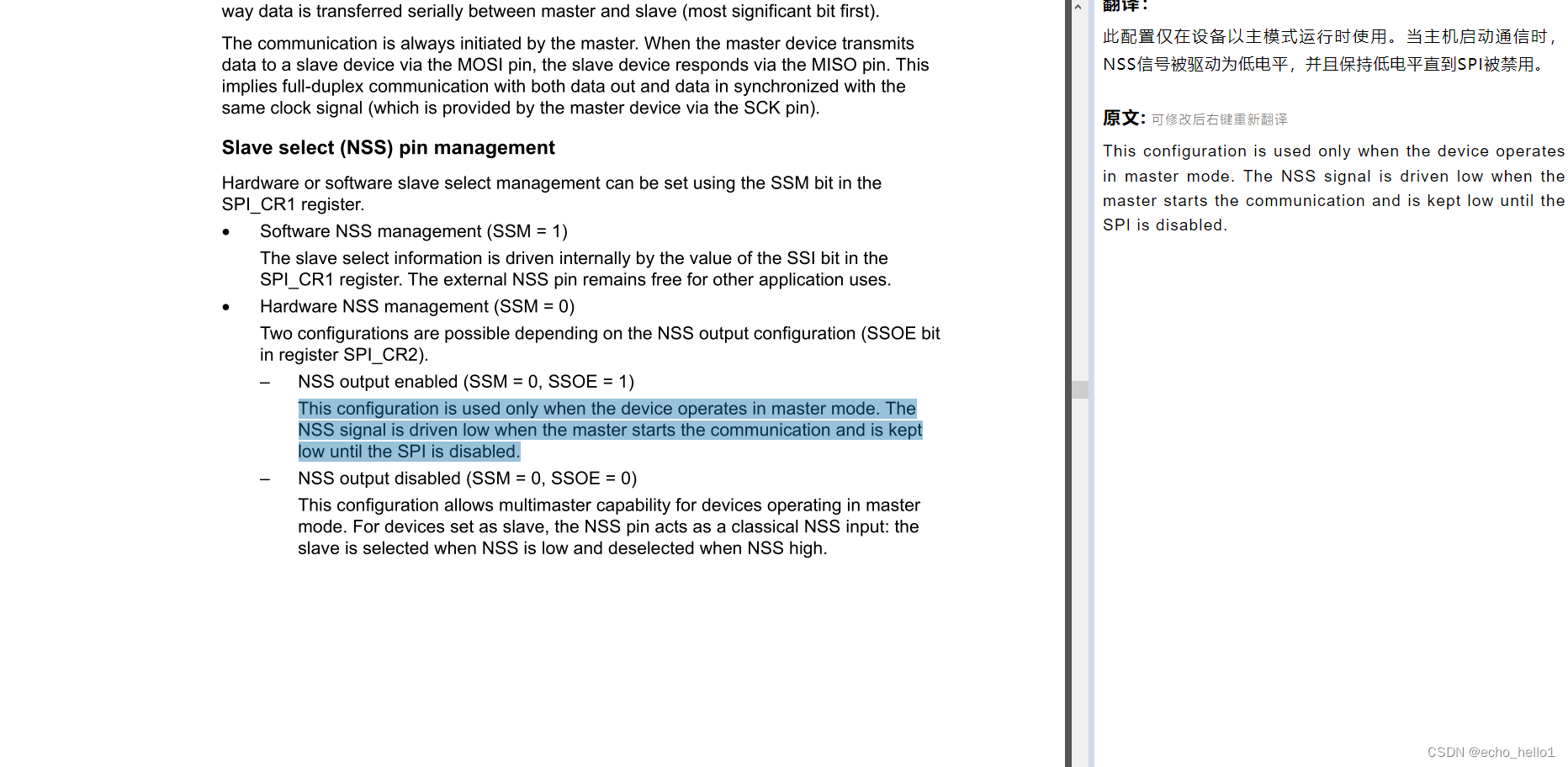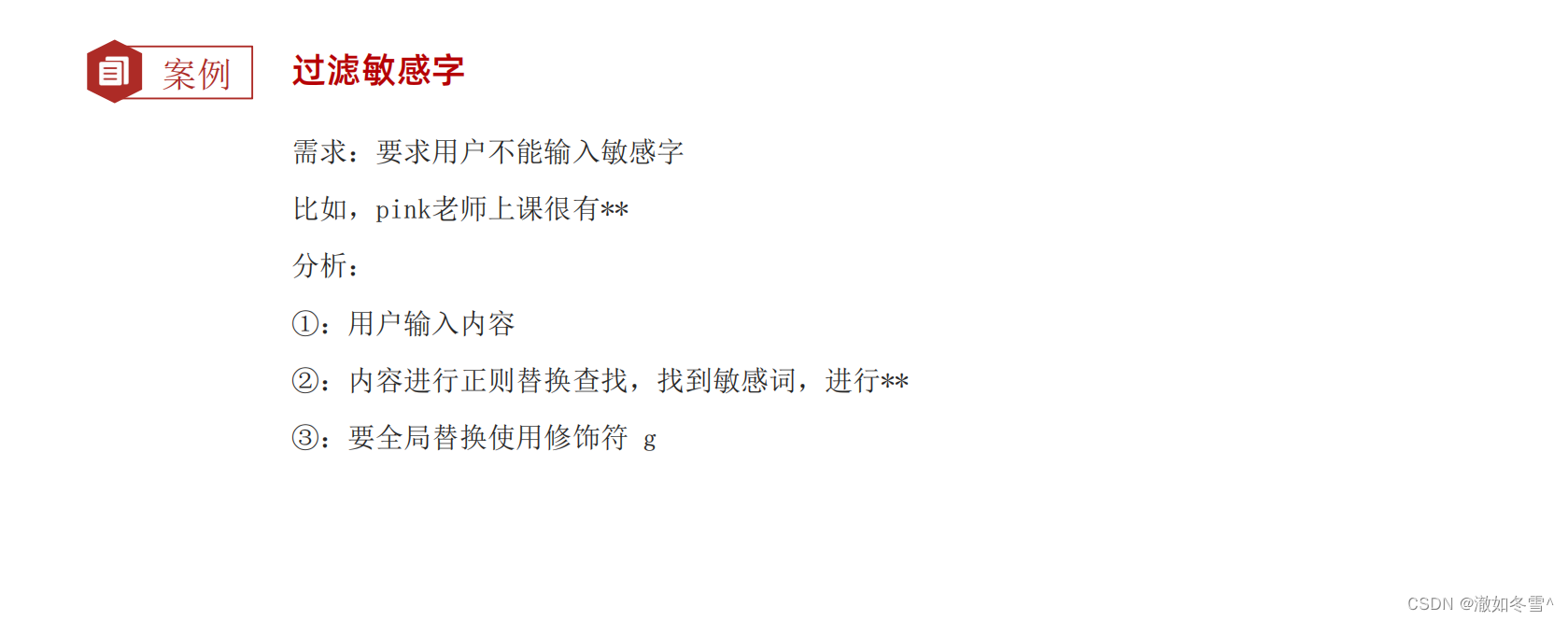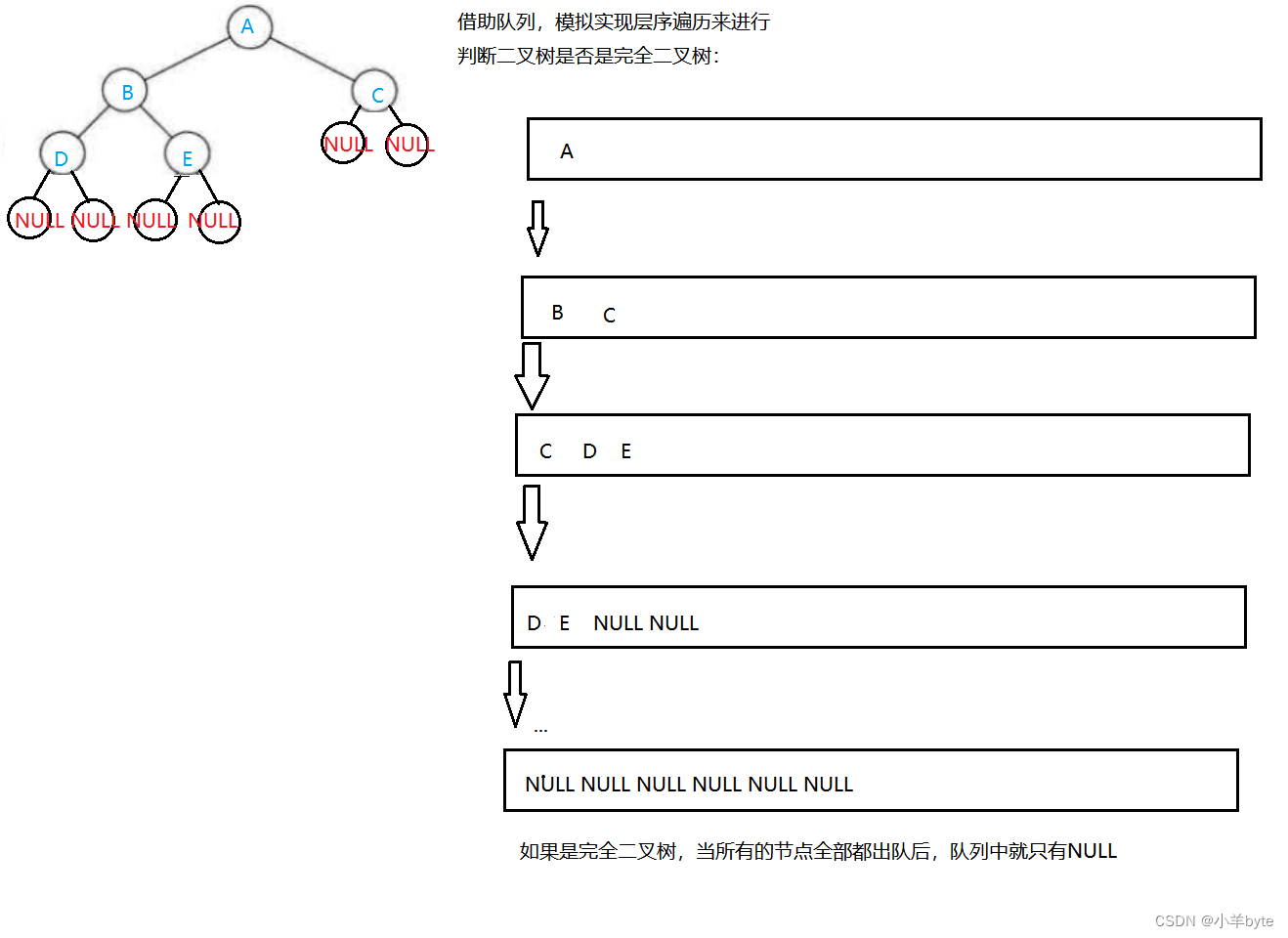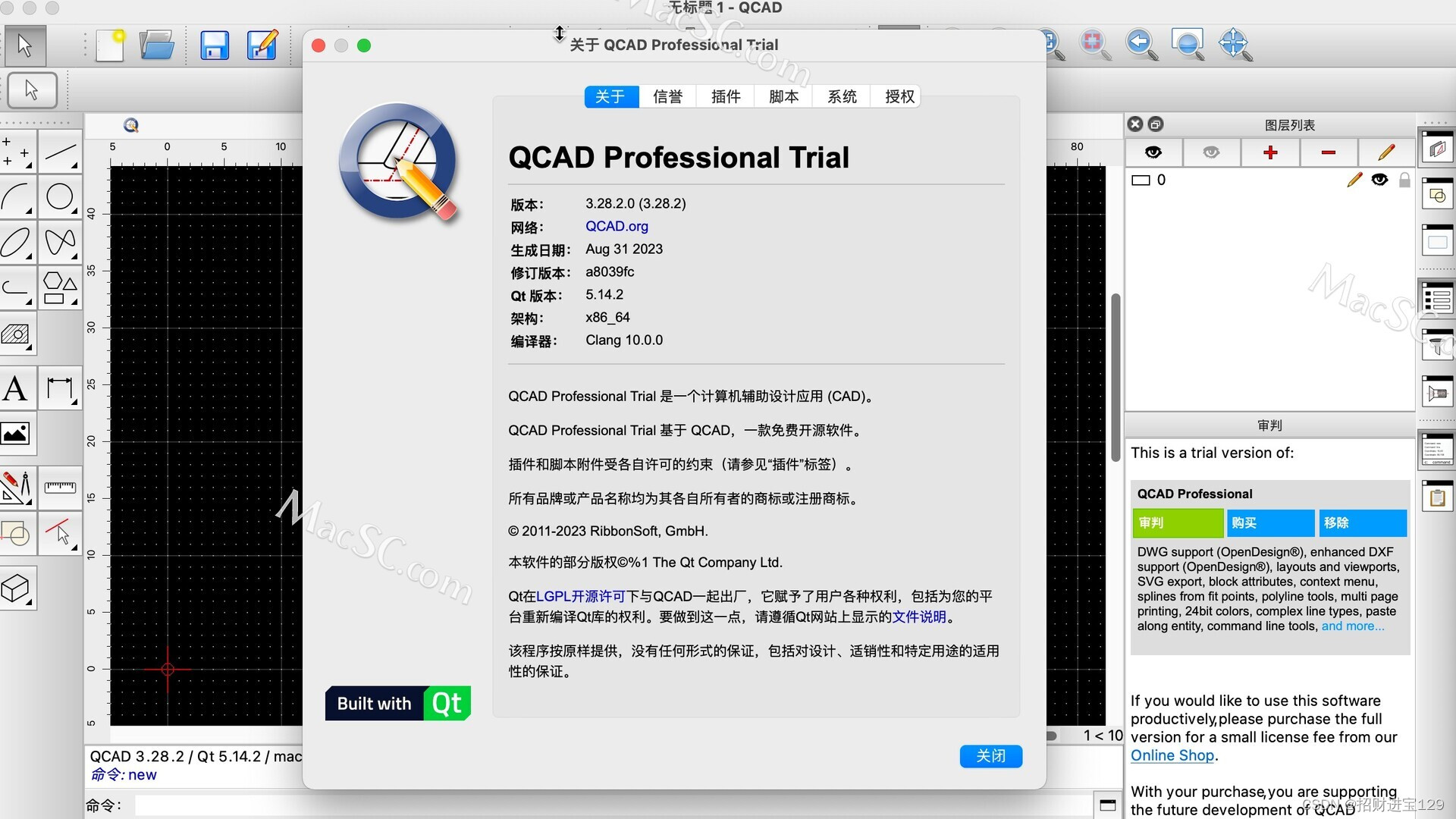Vuex 是一个专为 Vue.js 应用程序开发的状态管理模式。它采用集中式存储管理应用的所有组件的状态,并以相应的规则保证状态以一种可预测的方式发生变化。
uni-app 内置了 VueX
-
1、创建需要的文件
- 右键点击 根目录【我的是 uni-shop】,然后新建 目录,命名为 store
- 右键点击刚刚建立的 store 文件夹,然后新建 js 文件

创建某个store模块 ,例如存储购物车数据的 cart.js

-
2、初始化 store
在 store.js 文件中,配置下面代码
// 1. 导入 Vue 和 Vuex
import Vue from 'vue'
import Vuex from 'vuex'// 2. 将 Vuex 安装为 Vue 的插件
Vue.use(Vuex)// 3. 创建 Store 的实例对象
const store = new Vuex.Store({// TODO:挂载 store 模块modules: {},
})// 4. 向外共享 Store 的实例对象
export default store在
main.js中导入store实例并挂载
// 1. 导入 store 的实例对象
import store from './store/store.js'// 省略其它代码...const app = new Vue({...App,// 2. 将 store 挂载到 Vue 实例上store,
})
app.$mount()在
cart.js中,初始化如下的 vuex 模块:
export default {// 为当前模块开启命名空间namespaced: true,// 模块的 state 数据state: () => ({// 购物车的数组,用来存储购物车中每个商品的信息对象// 每个商品的信息对象,都包含如下 6 个属性:// { goods_id, goods_name, goods_price, goods_count, goods_small_logo, goods_state }cart: [],}),// 模块的 mutations 方法mutations: {},// 模块的 getters 属性getters: {},
}在
store/store.js模块中,导入并挂载购物车的 vuex 模块,示例代码如下
import Vue from 'vue'
import Vuex from 'vuex'
// 1. 导入购物车的 vuex 模块
import moduleCart from './cart.js'Vue.use(Vuex)const store = new Vuex.Store({// TODO:挂载 store 模块modules: {// 2. 挂载购物车的 vuex 模块,模块内成员的访问路径被调整为 m_cart,例如:// 购物车模块中 cart 数组的访问路径是 m_cart/cartm_cart: moduleCart,},
})export default store在
xxx.vue页面中,修改<script></script>标签中的代码如下:
// 从 vuex 中按需导出 mapState 辅助方法
import { mapState } from 'vuex'export default {computed: {// 调用 mapState 方法,把 m_cart 模块中的 cart 数组映射到当前页面中,作为计算属性来使用// ...mapState('模块的名称', ['要映射的数据名称1', '要映射的数据名称2'])...mapState('m_cart', ['cart']),},// 省略其它代码...
}
以上就是这么使用的,和之前学vue时,用法一样

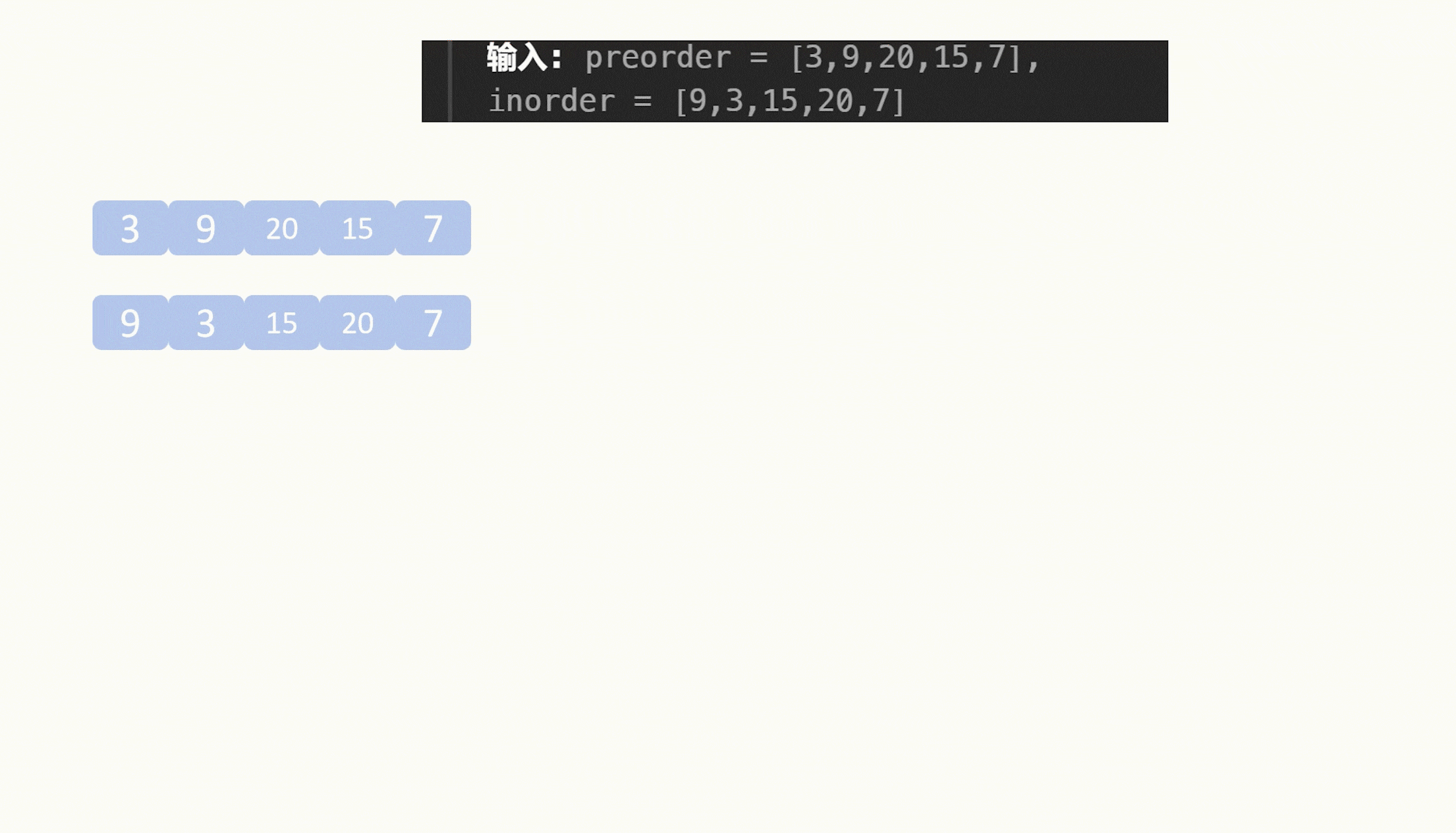


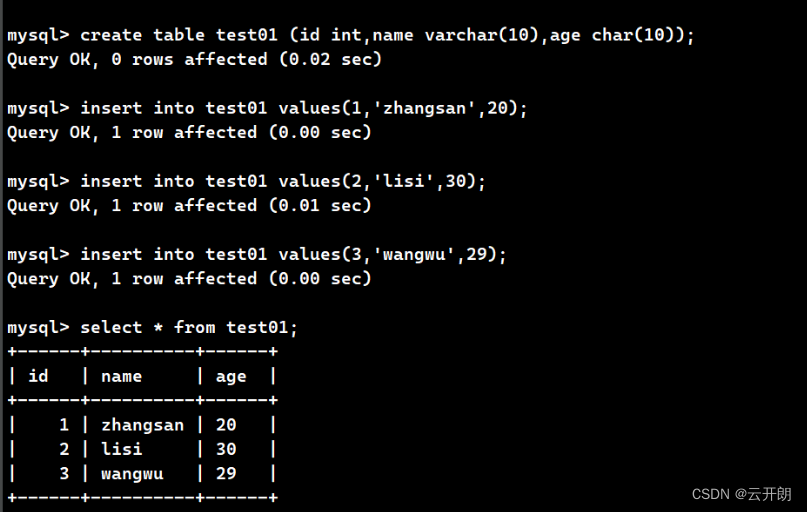



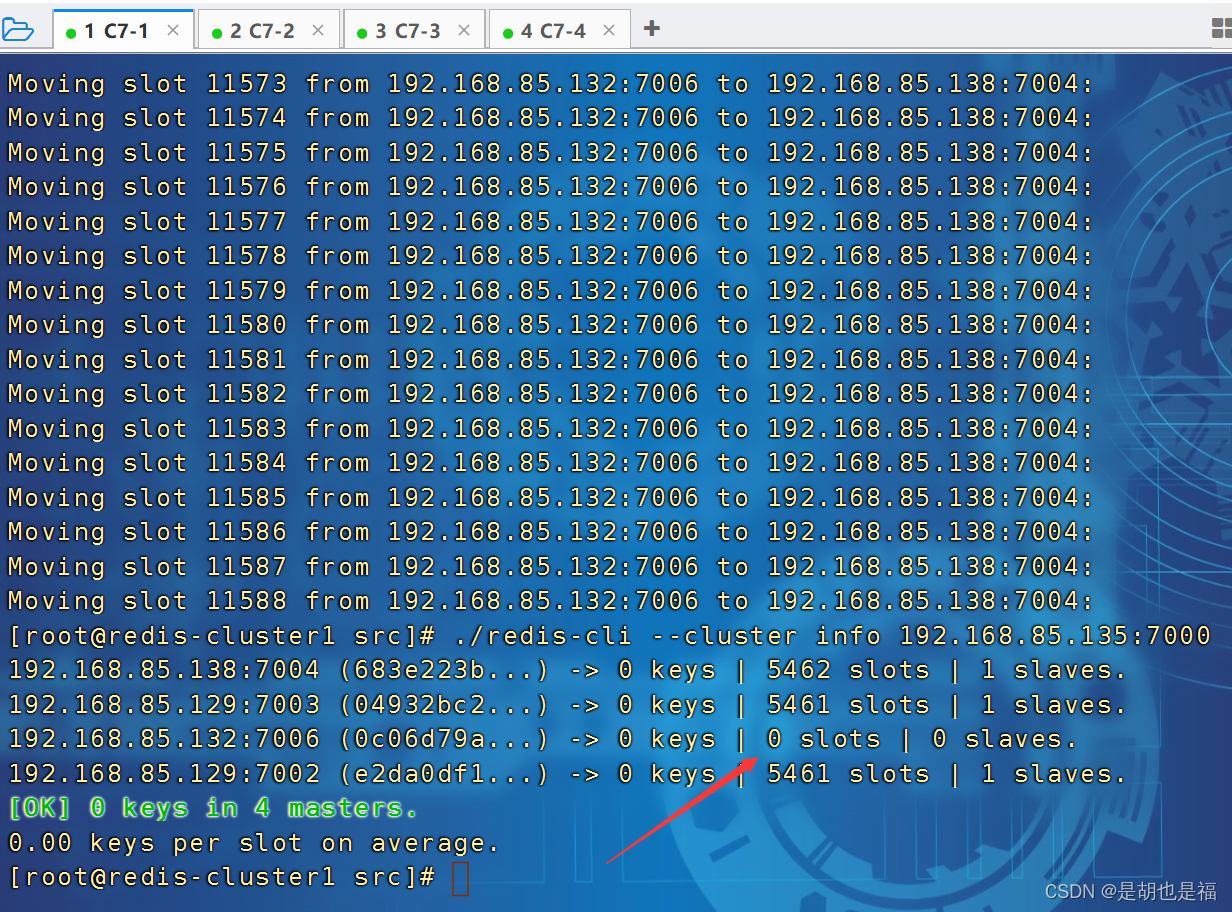
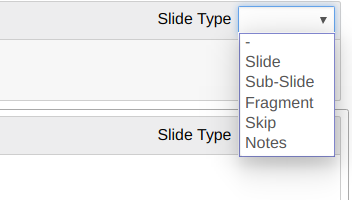


![java八股文面试[多线程]——线程间通信方式](https://img-blog.csdnimg.cn/78db1c87d3a244fd868a6a0606454b05.png)
